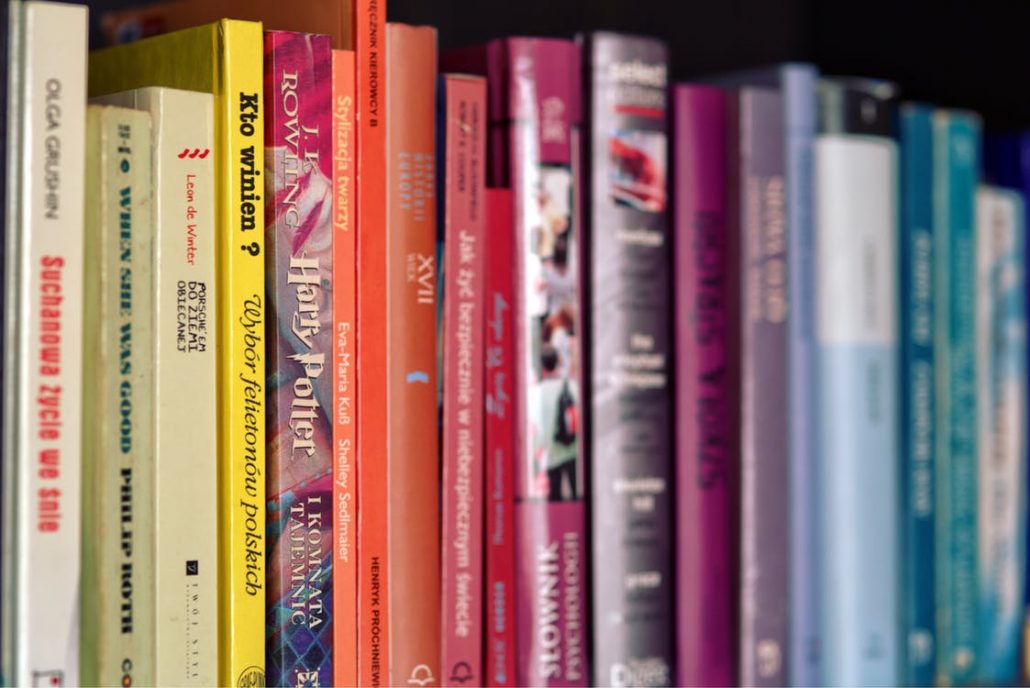How to Perform a Close Reading: High School

In terms of critical thinking and close reading skills, high school students are fairly well-equipped to delve into text analysis. They have built a foundation and found some close reading strategies that work for them. As we advance from reading comprehension and understanding texts to dissecting and analyzing the content (i.e. close reading), we must alter the strategies to explicitly teach students how to examine the finite details. This practice in critical thinking and analysis does not evolve in one fell swoop—it must be practiced.
The goal is to gain a richer understanding of the text by questioning, dissecting, and relating to it. This practice should help to cultivate an appreciation for literature—not stifle a high schooler’s interest with rote exercises. In order to accomplish this while still scratching the surface of building close reading skills, educators and parents can implement different strategies to subtly introduce the concept to their high schoolers.
- Use movie stills—from films that students may not be familiar with—to up their analytical thinking skills. Cover the image with post-it notes. Then, while slowly revealing portions of the still, ask your high schoolers to describe what they think is happening in this scene of the movie. The key here is that they closely “read” the scenario without relying on the spoken words. This is a subtle way to prompt readers to look at the context clues in an image. Be ready with questions to take the discussion further, such as, “What genre might this movie be categorized as?” Or, “Where do you think this scene takes place based on the background?” Be sure that students explain and elaborate to ensure that they are not simply making blind guesses. The point of close reading is to use all of the clues available, along with prior knowledge and inferencing, to assess the text on a deeper level. Activities and questions like these motivate readers to look closely at the details and draw interpretations and inferences—the same practices involved in close reading written text.
- Collect song lyrics to use as warm-up practices for close reading and analyzing. Choose from an array of genres or styles and print lyrics for each student. Just like poetry, song lyrics can mean vastly different things depending on the audience. Open up the discussion by asking why certain terms were chosen by the songwriter—does slang play a deliberate role, for example?
- Provide high schoolers with advanced texts that prompt a more analytical approach. Perhaps the text is of a higher Lexile level. Or maybe you provide them with a period piece in which they would have to decipher an unfamiliar dialect. Whatever the case, high schoolers can further develop their close reading skills by approaching more complex texts. Ensure that they have access to search engines so that they can investigate words or concepts for more clarity. When reading any text, even an article, poem, or short story, there are bound to be some words that a high schooler is less familiar with. Practice recognizing when this happens by asking if she can define the term in her own words. If she doesn’t know, use a dictionary or web search to define the word. This practice allows teens to not only recognize when they are unfamiliar with a word, but encourages them to seek clarification—a skill required for close reading. Enrich this practice by asking high schoolers to create a Frayer model for each new term or find synonyms and antonyms for these newly-defined terms.
- Introduce the concept of questioning the author’s creative choices by discussing the title of a new book. Again, the subtly of this practice is a great pre-reading strategy that encourages readers to make predictions. Ask why the author may have chosen this specific title? Are there any other titles that might fit the story? Ask students to make inferences about what might happen in the story based on the title. Be sure to ask her why she thinks that. After reading, refer back to initial assumptions or predictions and discuss new findings.
- Encourage your readers to ask questions while reading. These questions are likely the beginning of the close reading process. Explain that questions may be left unanswered based on the story. Discuss how these unanswered questions allow readers to use their imaginations and draw their own conclusions. Then, encourage students to seek others’ responses to the text. Many academic forums, like databases or anthologies, provide students with examples of close reading pieces written by authors, professors, etc. Viewing samples of the process helps students to recognize what to look for when performing a close reading.
- Seek clues from uses of figurative language and other creative writing approaches. For example, ask why a certain poem contains repetition. Does it create a sense of urgency? Help to establish rhythm? Solidify the theme or central message? Look into an author’s background to identify influences or common themes. An understanding of the writer helps when investigating the text during close reading.




